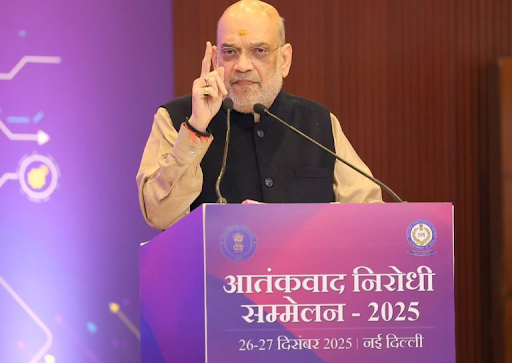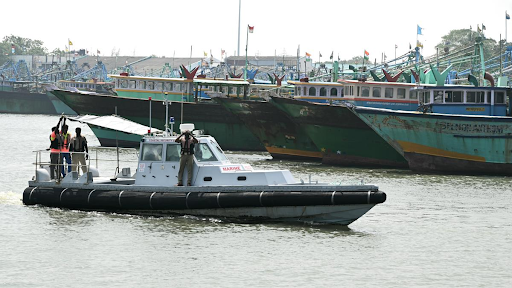




Source: HINDU
Disclaimer: Copyright infringement not intended.
Operation Sindoor marks a significant transformation in India’s military engagement moving beyond traditional warfare strategies.
It symbolizes a broader shift in modern warfare influenced by technological innovations, strategic deterrence and information manipulation.
Emergence of Drone Warfare
The most revolutionary aspect of Operation Sindoor is the widespread use of unmanned aerial vehicles (UAVs).
This signifies a clear departure from conventional air combat involving manned fighter jets.
Instead India leveraged asymmetric technologies like kamikaze drones to carry out precision strikes, intelligence gathering and surveillance with minimal risk to human life.
India reportedly intercepted an intrusion attempt by Pakistan involving 300 to 400 Turkish-made Songar drones across 36 locations.
This scale of drone deployment represents a new era in aerial warfare making combat more calculated and probabilistic.
India employed SkyStriker kamikaze drones to test Pakistan’s air defence systems, gather real-time intelligence and conduct surgical strikes.
These drones enhanced operational effectiveness while limiting collateral damage.
India’s air defence strategy has shifted from fixed, hardware-based platforms to a dynamic, multi-layered defence network.
This includes indigenous systems such as Akash and QRSAM and advanced systems like the Russian S-400 and the Indo-Israeli Barak-8.
The Akashteer system integrates radar data for real-time decision-making enhancing India’s capacity to respond to simultaneous threats.
It exemplifies the transition to smart and adaptive defence systems.
Information warfare played a decisive role in the Operation.
Pakistan used doctored videos, false claims and social media campaigns to influence international perceptions and demoralize Indian citizens.
The information dimension of the conflict resembles modern wars like those between Israel and Palestine and the Russia-Ukraine conflict.
These confrontations highlight the strategic importance of narrative control and perception management.
India showcased indigenous military technologies such as the Akash missile system and is progressing on projects like Project Kusha.
These initiatives aim to reduce foreign dependency, enhance export potential and assert global technological leadership.
India’s response was strategically calibrated projecting strength without escalating to full-scale war.
This represents a shift from binary engagement models (total war or peace) to a more nuanced, flexible strategy.
India appears to be transitioning from a defensive to a proactive and precision-oriented doctrine.
This was underscored in the Prime Minister’s May 12 speech which emphasized the new normal of warfare involving rapid, accurate response and layered capabilities.
The Integrated Air Command and Control System played a pivotal role in real-time coordination between the Indian Army, Navy and Air Force.
This operational synergy marked a significant step forward in joint force application.
Intelligence agencies both domestic and foreign worked in a synchronized manner to support decision-making, targeting and strategic planning during Operation Sindoor.
The increasing availability of advanced technologies like drones poses both opportunities and challenges.
Even smaller nations like Pakistan can now develop asymmetric capabilities that complicate conventional warfare.
The confrontation highlights the need for a comprehensive reassessment of India’s defence planning, intelligence capabilities and military doctrines to effectively counter future multi-dimensional threats.
Sources:
|
PRACTICE QUESTION Q. Operation Sindoor marks a paradigm shift in India’s military doctrine, reflecting the changing nature of modern warfare. Discuss the key features of this transformation. 250 Words. |





© 2026 iasgyan. All right reserved